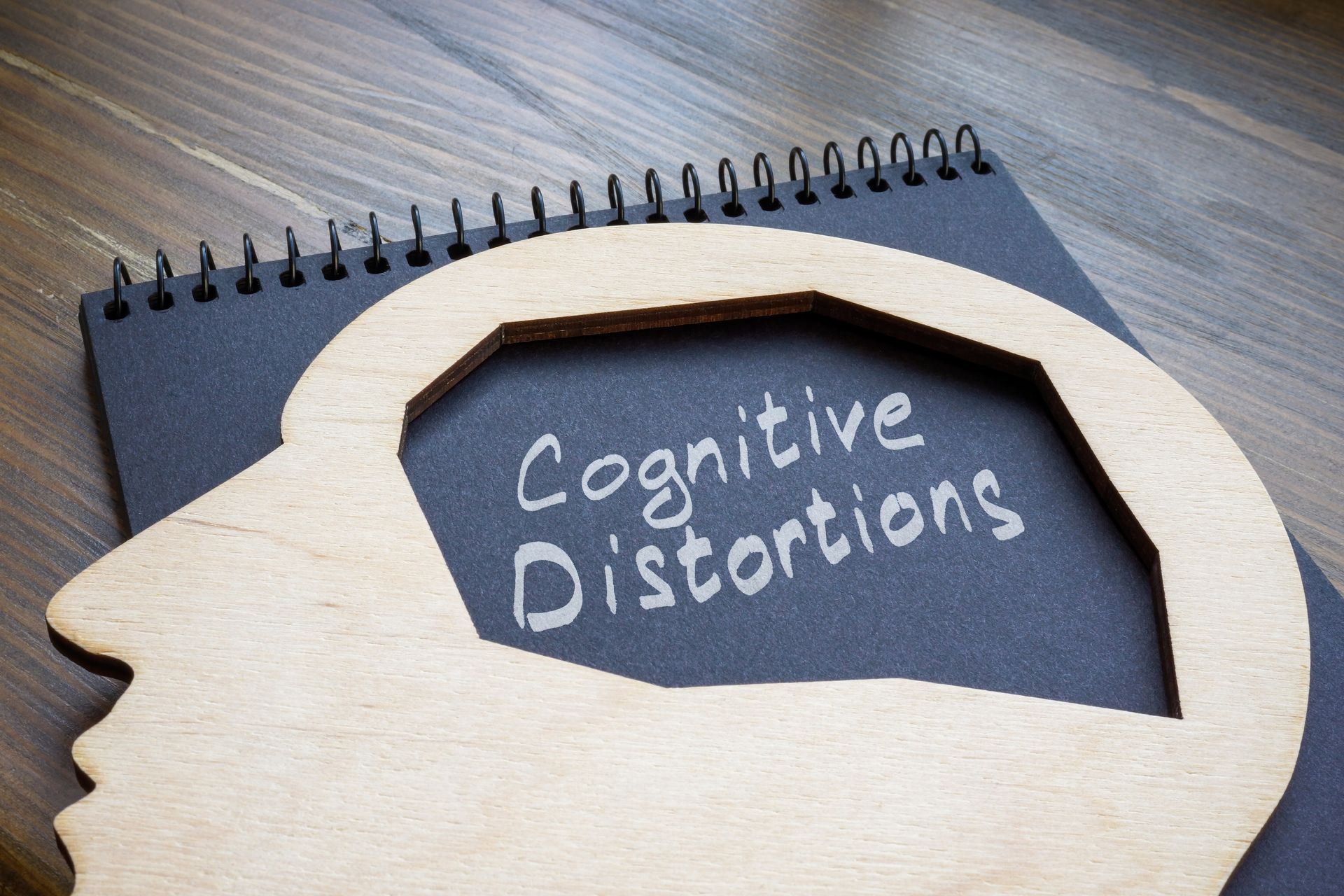Can People Flourish in Prison? Rethinking Well-Being Behind Bars
Robin LaBarbera • May 13, 2025
When we imagine human flourishing, we picture lives filled with possibility, growth, and meaningful relationships-rarely do we associate these ideas with prison. Yet, even within the harsh confines of incarceration, stories of transformation and hope continue to emerge. Recent research is challenging the assumption that flourishing is only possible in freedom, revealing how well-being can take root in unexpected places, especially through educational and faith-based programs.
What Is Human Flourishing?
Flourishing is more than just happiness or the absence of suffering. Philosophers like Aristotle described it as "eudaimonia," which is a life of virtue, purpose, and fulfillment. Modern thinkers have expanded this idea. Tyler VanderWeele (2017) outlines five core domains of flourishing:
- Happiness and life satisfaction
- Physical and mental health
- Meaning and purpose
- Character and virtue
- Close social relationships
Other models, like Seligman’s PERMA framework, add elements such as engagement and accomplishment, while Ryff and Singer emphasize autonomy, personal growth, and self-acceptance. These frameworks show that flourishing is multidimensional and can be measured in diverse contexts-including prisons.
Flourishing in Carceral Contexts
Prisons are environments marked by deprivation, isolation, and trauma. Yet, research shows that with the right supports, incarcerated individuals can develop the psychological and social assets needed for well-being. Pettus et al. (2021) identify five key facilitators for justice-involved populations:
- Healthy thinking patterns
- Meaningful work or activities
- Effective coping strategies
- Positive social engagement
- Supportive interpersonal relationships
Self-Determination Theory (Ryan & Deci, 2000) adds that autonomy, competence, and relatedness are universal needs-even in restrictive environments. The Prison Fellowship Good Citizenship Model reframes prison success around flourishing and prosocial values, not just recidivism.
The Power of Supportive Relationships
One of the most important findings is the role of supportive relationships. Despite the mistrust and isolation common in prison, social support from peers can buffer against psychological harm, foster trust, and create a sense of belonging. Programs like The Urban Ministry Institute (TUMI) help participants build “spiritual families” that provide accountability, hope, and a model for healthy relationships-often for the first time in their lives.
Barriers to Flourishing
Still, the prison environment presents serious obstacles. Chronic stress, trauma, lack of autonomy, and identity disruption are widespread. Overcrowding and institutional rules can erode mental health and make meaningful growth difficult. Yet, these challenges also highlight the importance of intentional interventions.
Pathways to Transformation
Educational programs, especially those with cognitive-behavioral or faith-based components, are among the most effective ways to foster flourishing. They help individuals develop self-awareness, emotional regulation, and a renewed sense of purpose. Faith-based programs like TUMI add a spiritual and moral dimension, supporting both personal and community transformation.
Rethinking Success: Beyond Recidivism
Traditionally, the success of prison programs has been measured by recidivism rates. But this narrow focus misses the broader goals of rehabilitation. Increasingly, experts argue that flourishing-measured by well-being, positive identity, and supportive social connections-should be the core outcome. This shift recognizes the full humanity and potential of those impacted by the justice system.
Conclusion: Reimagining Justice
The evidence is clear: flourishing is possible, even in prison. By centering well-being as the primary goal, correctional systems can move beyond punishment to foster real transformation. This approach not only benefits individuals but also strengthens families and communities, offering a more hopeful and humane vision of justice.

Two programs are successfully addressing criminogenic needs: World Impact's TUMI seminary-level education program offered in prisons across the US, and House of Mercy's re-entry ministry in Washington. These two organizations are effectively reducing reoffending by focusing on addressing criminogenic needs, and we highlight House of Mercy in this post.

You can drive greater impact with data – work with a program evaluator who has a history of publishing research in academic journals to ensure that more people set eyes on your accomplishments. We helped a client get their program expanded into 53 new locations because we published evaluation data in over 25 blogs and in three academic journals.

Based on the first round of data collection and analysis, it appears that HOM is achieving its desired outcomes. Specifically, program participants rated themselves highly in terms of their perceptions of HOM’s programs and services, ability to think adaptively under stress, psychological strength and approach to problem-solving, perceived social support, employment and educational trajectories, and positive use of leisure time.

Cognitive distortions - irrational thoughts that can distort the way a person sees themselves, their life, their specific day-to-day situations, their relationships, and other people - can contribute to mental health conditions such as depression and anxiety. Learn how to identify and address them in our peer2peer mental health support training.






